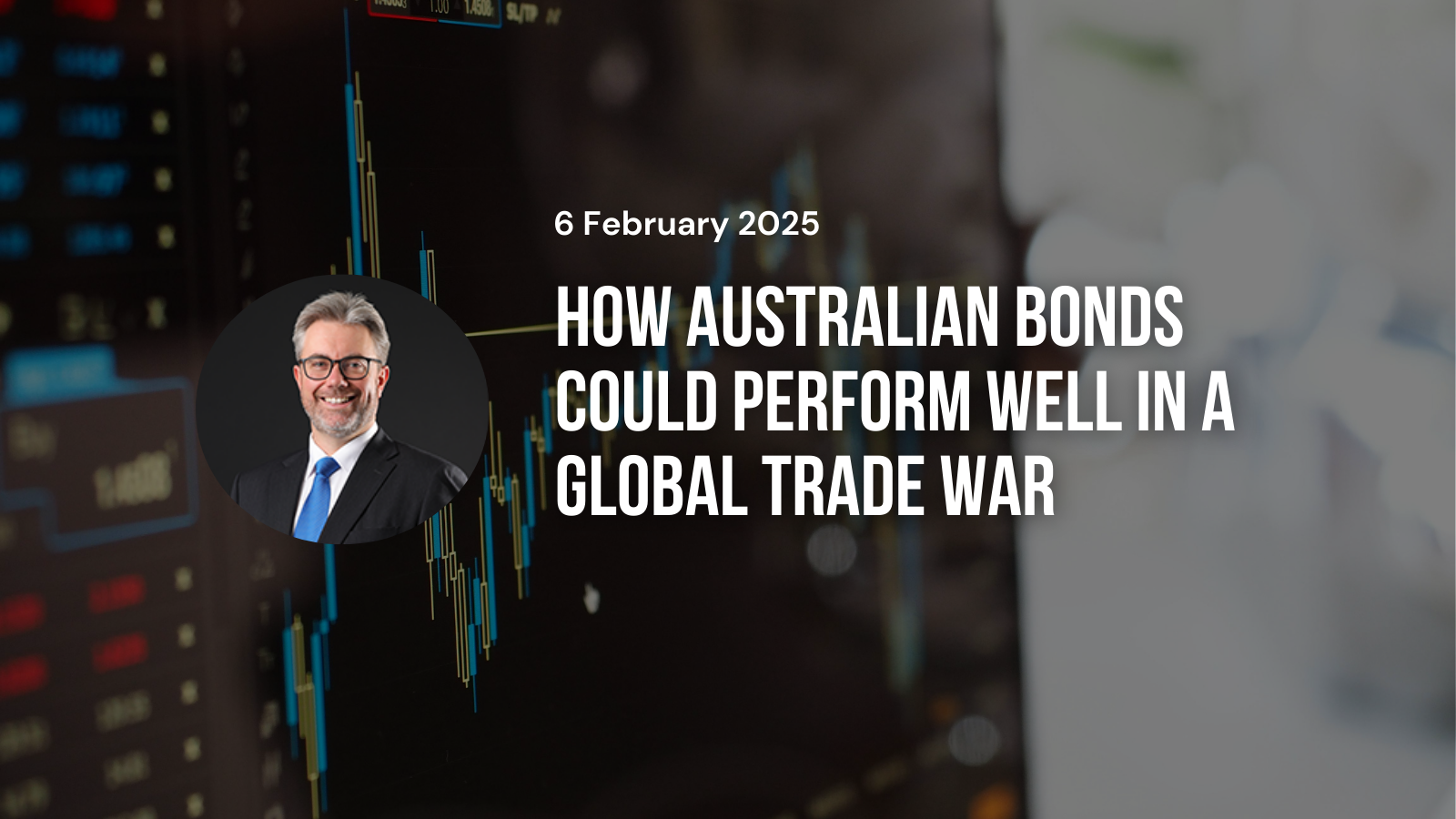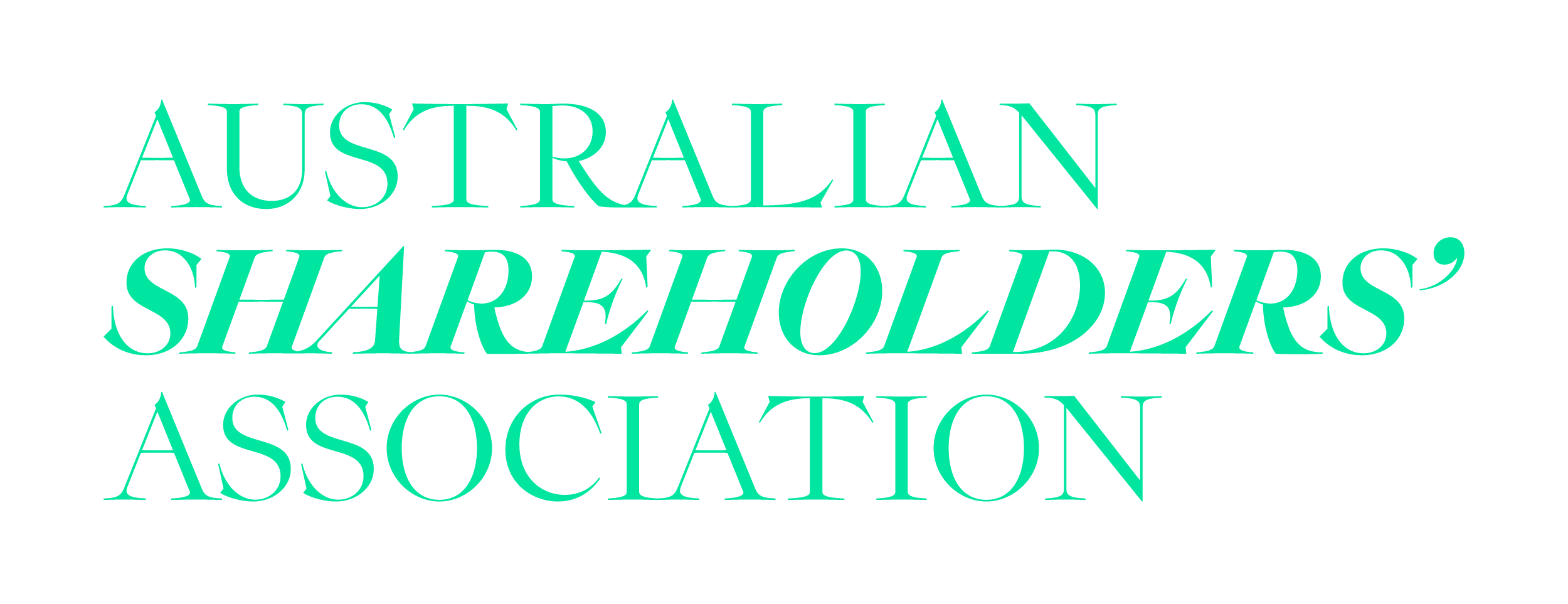
By Philip Brown, Head of Research at FIIG Securities, Australia’s Leading Fixed Income Experts
Over the weekend of February 1-2, Australian time, US President Donald Trump fired the opening salvos in what might have become (and may yet become) a nasty trade war between supposed allies the US, Canada and Mexico. It didn’t come to pass with both Canada and Mexico agreeing one-month extensions, but the tariffs on China and the Chinese response have since come into force.
Now, despite the new-found enthusiasm for tariffs from the Trump regime, the economic theory on tariffs is negative. Tariffs are highly inefficient and cause lower growth and higher inflation for any nation that imposes them as well as lower growth for any nation on the receiving end. As such, when a pair of countries engage in a mutual trade war, the result is usually lower growth and higher inflation for both.
However, despite the risk of inflation in North America, Australian bond markets reacted by rising in price (also known as rallying) even as share prices fell. That is the expected reaction for a bout of global geopolitical risk and serves to underscore why bonds should be part of an investor’s portfolio all the time – but particularly when there’s a trade war in the offing.
That might seem counterintuitive at first glance. Trade wars cause inflation, and inflation is bad for bonds. But this is a North American trade war, and the results for Australian bonds of this US-triggered inflation could be very different than the previous bout of world inflation.
Inflation can be transmitted from one country to another via trade, but not all inflation risks are the same. The global bout of inflation in 2022 in most of the world was triggered by what economists call a demand shock. That is, after the pandemic and the government largesse associated with the pandemic, there were a lot of people with a fair bit of money in their pockets, and a global bottleneck in production. International boundaries matter little in that situation – there’s demand for everything the world can produce, and more. So whether the goods are in Asia, Europe, or Australia doesn’t change the outcome and prices rise everywhere.
Tariffs are an altogether different beast. They cause inflation in the countries where they are introduced, but they do so via a completely different mechanism. Rather than being driven by an increase in demand, tariffs are simply an extra tax that an importer pays to their government to import goods, which is then passed on to the consumer – hence the increase in inflation in that country. A tariff is considered a supply shock because it changes the price of goods supplied in the economy.
For the moment, the US-Canada and US-Mexico tariffs are on hold – but it’s worth thinking about what would happen if a full trade war broke out between those countries.
When you have a symmetric tariff increase you have both countries facing materially higher costs for imported goods and no change to domestic demand. The only way this can be reconciled is if consumers in both the US and Canada simply pay more for fewer goods. Over time, it is possible that some domestic producers will step in the breach, but this will not be fast. Importantly, unlike in 2022 when there was more demand to be satiated, this time around there is actually less global demand, in total. The artificially higher price of goods in the US and Canada lowers the consumption totals for the world. So inflation rises in the US and Canada, but demand for goods falls in other places.
This global fall in consumption isn’t the only impact on Australia’s inflation, though.
The inflation within the US can be expected to spread further than the immediate goods imported from Canada, which are subject to the tariffs. Canada exports a lot of raw materials and a lot of energy to the US. These are precursors to the final manufacturing products that are produced in the US, meaning there is an increase in input costs across the economy. Energy is used in everything, and Canadian potash is a precursor for fertiliser. The tariffs will thus be reflected in higher prices for all goods that are “downstream” of the input goods that are affected by the higher tariffs.
This same effect applies to third-party international countries too. Australia’s main imports from both Canada and the US is the “Machinery, Nuclear Reactors and Boilers” category. This is a broad category that includes a lot of higher end manufactured goods. These goods will increase in price in Australia too, but not as directly and not as significantly.
| Australia Imports from United States | Value |
| Machinery, nuclear reactors, boilers | $7.52B |
| Vehicles other than railway, tramway | $4.32B |
| Electrical, electronic equipment | $2.97B |
| Optical, photo, technical, medical apparatus | $2.88B |
| Pharmaceutical products | $2.47B |
| Pearls, precious stones, metals, coins | $1.97B |
| Mineral fuels, oils, distillation products | $1.42B |
| Aircraft, spacecraft | $1.40B |
| Essential oils, perfumes, cosmetics, toiletries | $621.34M |
| Miscellaneous chemical products | $602.96M |
| Australia Imports from Canada | Value |
| Machinery, nuclear reactors, boilers | $709.91M |
| Pearls, precious stones, metals, coins | $309.91M |
| Pharmaceutical products | $253.49M |
| Optical, photo, technical, medical apparatus | $186.19M |
| Electrical, electronic equipment | $154.60M |
| Fertilizers | $123.04M |
| Salt, sulphur, earth, stone, plaster, lime and cement | $120.50M |
| Aircraft, spacecraft | $110.88M |
| Oil seed, oleagic fruits, grain, seed, fruits | $100.86M |
| Essential oils, perfumes, cosmetics, toiletries | $66.59M |
Source: FIIG, Trading Economics
For Australia, the final consideration is the demand inside the US for our exports. If there has been a material price rise in the US, then it is likely that the US consumer will “tighten their belt” in other ways, lowering demand for other products – and hence lowering demand for Australia’s products. This mechanism will be one to watch now that China has chosen to meet tariffs with tariffs. If the US demand for Chinese products falls, then the Chinese demand for Australian raw materials will also fall.
In that sort of situation, you would see Australia’s economy weakening in response to the slowdown in global trade and limited or mixed impacts on Australian inflation. That is a situation where the RBA could be expected to respond with lower rates. It was this expectation that was a primary driver of why bonds performed so well in the immediate aftermath of the initial tariff announcements.
Over the next few days, as the risk of trade war lowered, the price of bonds moved back. But it was an important lesson for investors. The Trump Administration seems likely to be one that starts every negotiation with a high-stakes demand, which creates both volatility and a higher risk of failure. It’s important to have a diversified portfolio that includes bonds to smooth over the volatility, which is the unavoidable result.
This article is brought to you by FIIG Securities, a proud partner of the Australian Shareholders’ Association.






